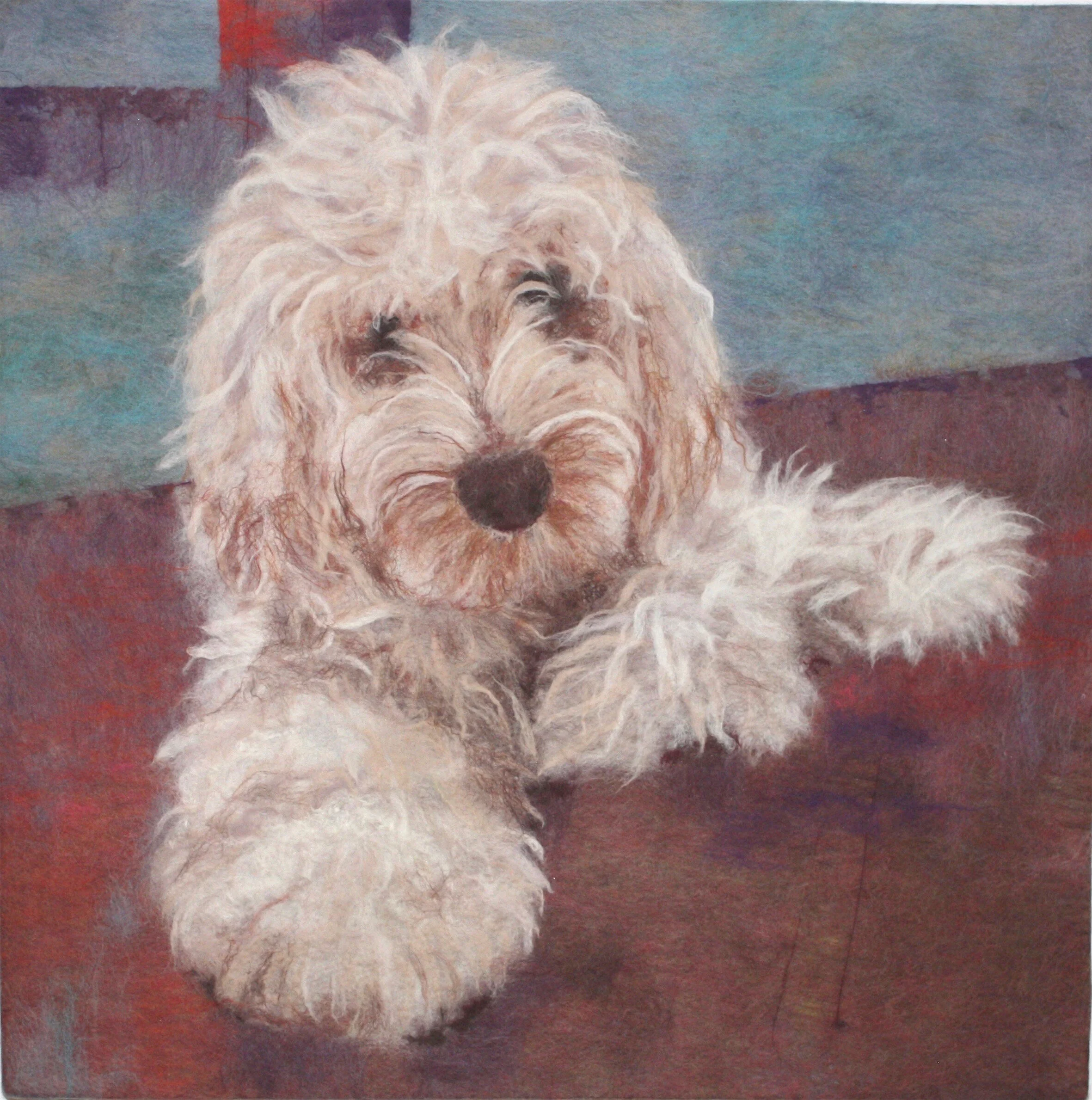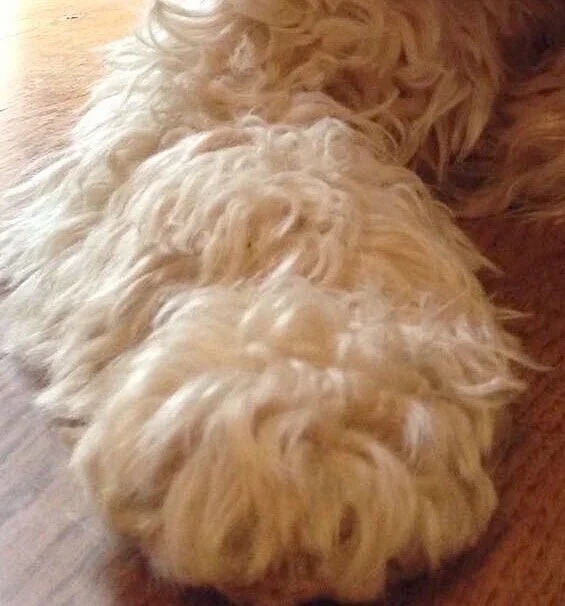Alchemy of felt making
contradictions of the process
My Paintings always use the wet felt making process
It has a kind of alchemy to it which repeatedly amazes me. I start with an amorphous mass of loose fibres - soft and fluffy and, with little more than good old fashion elbow grease and water, turn those fibres into a cloth - felt.
But this seeming simplicity belies its complexities. Wet felt making is known to be unpredictable as, in the making, the fibres must entangle and contract.
This shrinkage gives wet felt making the reputation of also being imprecise. For me, these are reasons I enjoy using it as a process. It pushes me through my comfort zone. Controlling the shrinkage in just the right way to create my 'paintings' is always a challenge.
Metaphor for memory
As a practicality I work from photographs
I aim for the pets in my finished works to be both photo-realistic - clear interpretations of the photographs used but also something softer capturing more than a moment in time. The slightly fuzzy nature of finished felt means my portraits, whilst in focus, have an impressionistic appearance in style.
For me this almost indistinguishable blurring stands in as a metaphor for memory. I like that my “paintings” made from wool might lead owners to sit back, relax and indulge in reverie … woolgathering of good times spent with their pets.
Pets in paintings
There is nothing new about pets being immortalised in portraits, the Egyptians and the Romans are known for picturing their companion animals. Throughout art history there are a profusion of pets in paintings and sculpture. In earlier paintings such as the Arnolfini Portrait the dog is likely to be a symbol for fidelity.
However, Goya, Titian, Gainsborough, Stubbs, Gauguin, Édouard Manet (who painted the pictured King Charles Spaniel in c1866), Munch, Picasso, Bacon, Kahlo, Freud, Hockney, to name but a few, have all revered their own and their patron’s pets in paintings.




